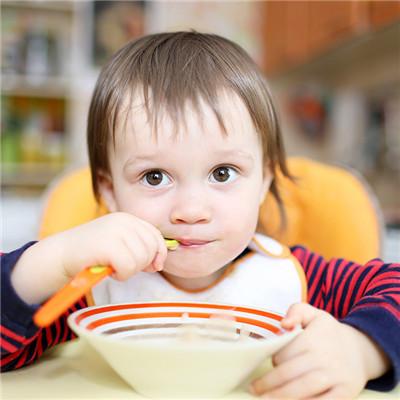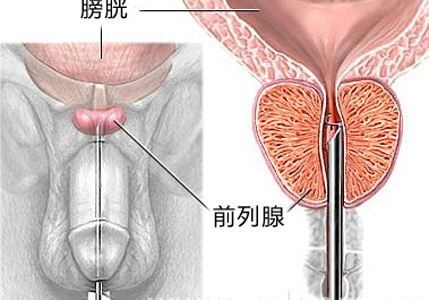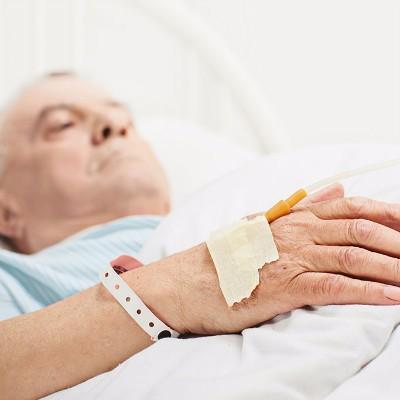Pertussis in children?
summary
Pertussis is an acute respiratory infectious disease caused by Bacillus pertussis. Its clinical feature is paroxysmal spasmodic cough accompanied by deep "cockcrow" like inspiratory roar. If it is not treated in time and effectively, the course of disease can be delayed for several months, so it is called "pertussis". Pertussis in children? Let's talk about it.
Pertussis in children?
(1) Catarrhal period from the onset to appear spasmodic cough, generally about 1 to 2 weeks. At the beginning, the symptoms are similar to a cold. Except for cough, there may be runny nose, sneezing, mild fever, or only dry cough, which does not attract attention. When other symptoms gradually disappeared, cough became more serious, light day and heavy night, gradually showing spasmodic cough.

(2) The spasmodic cough period is generally 2-6 weeks (from several days to more than 2 months). Paroxysmal and spasmodic cough were the characteristics of this period. During the attack, more than ten or dozens of short coughs occur frequently and continuously, which is the state of exhalation. At last, the patient inhales deeply and long. Because the larynx is still spasmodic at that time, it is accompanied by a high pitched crow like roar, and then the next spasmodic cough occurs, which is repeated for many times until the sticky sputum is released. When the cough is severe, there may be urinary incontinence, elbow flexion with clenched hands, eyes wide open, red face, tears and tears, head forward, mouth outstretched, lips cyanosis, etc. the expression is extremely painful, and the vomiting is over. The light ones are several times a day, and the heavy ones are dozens of times a day, mostly at night. It can be induced by running, eating, catching cold, smoking and crying. Before the attack, there is no obvious omen.

(3) There was no special case in the intermission period. During spasmodic cough, the pressure of superior vena cava is increased, the circulation of blood is blocked and there is blood stasis phenomenon, common facial and eyelid edema, when the cough is severe, there may be epistaxis, hemoptysis and subconjunctival hemorrhage, and even intracranial hemorrhage. Spasmodic cough often affect sleep, resulting in children tired, do not like activities, loss of appetite, coupled with vomiting, secondary infection, can cause nutritional disorders. If there is no secondary infection, the patient's body temperature is normal, and there are no positive signs or irregular rales in the lung.

matters needing attention
(1) the general therapy should be isolated according to the respiratory tract, keep the air fresh, and avoid all factors that can induce spasmodic cough. Good nursing to prevent complications. Pay attention to nutrition. (2) antibiotic therapy used in catarrhal stage or early spasmodic cough stage can reduce infectivity, relieve symptoms and shorten the course of disease.














